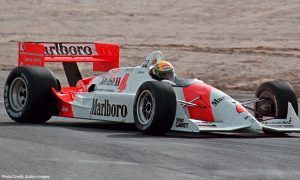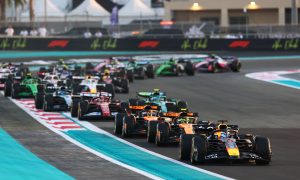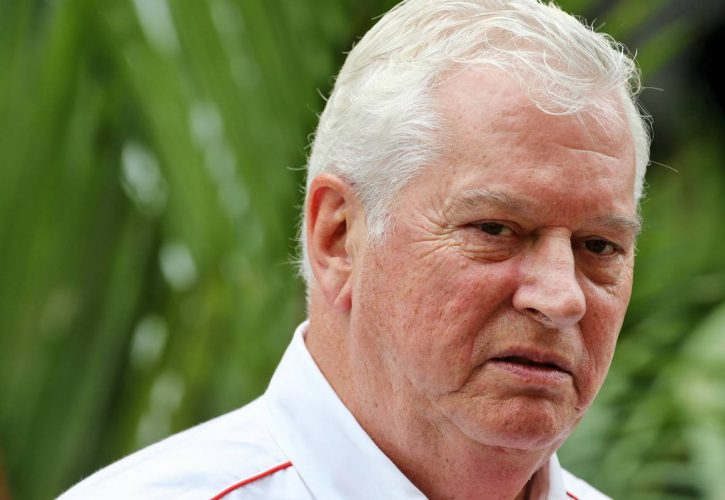
Pat Symonds has confirmed that he plans to remain in place as Formula 1's chief technical officer for some time to come, despite initially planning on retiring from the role at the end of last year.
Symonds originally began working on technical matters for Formula 1 in 2017, culminating in the introduction of new rules and regulations that came into effect at the start of 2022.
Previously Michael Schumacher's race engineer in the 1990s and then technical director at Benetton, Symonds was chief technical officer at Williams from 2013 and 2016 before joining Formula 1's management team.
It had been understood that he would retire at he end of 2022 at the same time as Ross Brawn stepped down from his own role as director of motorsport. But Symonds now says he plans to stick around for some time to come.
“I had a plan to retire last summer,” Symonds told the business forum at Autosport International last week. "I actually handed in my year’s notice. You have to think about these things."
Symonds said that he changed his mind after discussing the situation with Formula 1 CEO Stefano Domenicali.
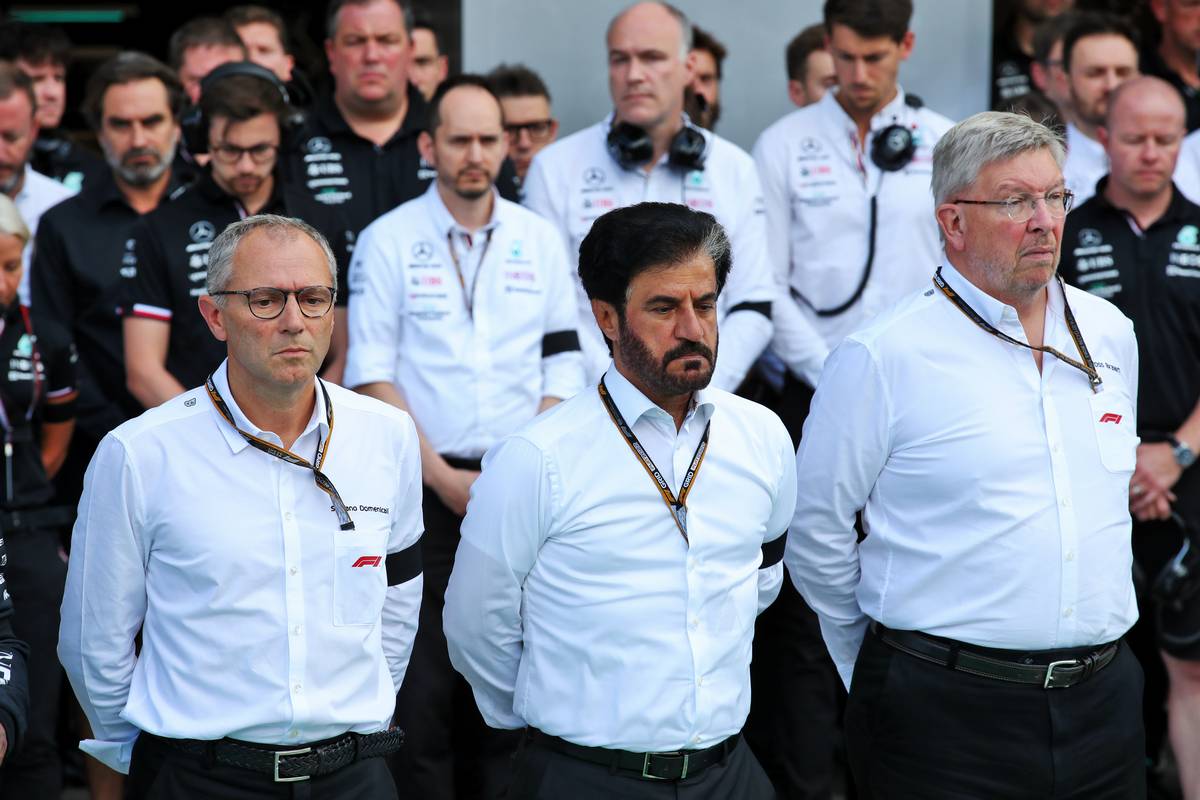
“My notice was accepted and then Stefano got to hear about it, and he was like: 'No, I don’t think it’s a good idea!'" he revealed. “So I’m still here, still doing it, and I still will be for a good while yet.”
It means Symonds will be a leading figure in developing the next set of rule changes due to come into effect in 2026, which he's working on in association with the FIA's head of single-seater technical matters, Nikolas Tombazis.
Having been involved in helping frame regulations as far back as 2009, Symonds said he was pleased with the way that the most recent changes to the rules had helped improve the on-track racing spectacle.
“We put together a really talented team, very small team, and we really went back to basics,” he said, adding that it had made the process followed in 2009 look like “a college project compared to what we did for 2022.”
“We had the two objectives. One was to make the wake behind the car more benign, because you can’t get rid of it, it’s going to be there," he said in comments reported this week by Motorsport.com
"And then secondly, accepting that there was a wake [of 'dirty air' turbulence] and trying to produce a car that was running in that wake to be less affected than in the past.
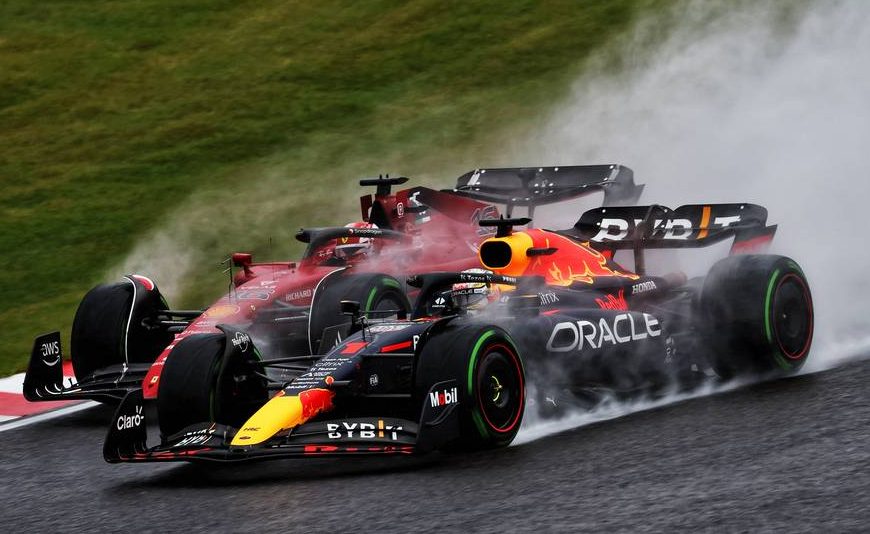
"We’ve seen a few different solutions," he continued. "The cars looked different. The drivers were very complimentary. The statistics - for want of a better word - showed the cars were running closer together.
There has been criticism that the rules have failed to level the playing field as promised. The season was once more dominated by the top three teams, and by Red Bull in particular which claimed 17 wins over the course of 22 races.
Across the whole season, only one driver outside of Red Bull, Ferrari and Mercedes - McLaren's Lando Norris - succeeded in finishing on the podium all season.
But Symonds is confident that the new rules will prove their value down the line as they continue to bed in and teams find new ways of exploiting the opportunities.
“Generally speaking, I think we got it right," he said. “So yeah, I think it’s been a reasonable success.”
Gallery: The beautiful wives and girlfriends of F1 drivers
Keep up to date with all the F1 news via Facebook and Twitter



